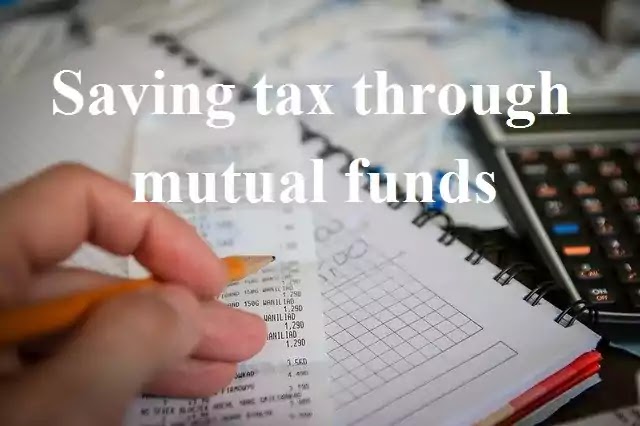Compared to other tax-saving investments
permitted under Section 80C of the Income Tax Act, ELSS funds are uniquely
profitable. This is because they are the only viable qualified tax-saving
investment within this Rs 1.5 lakh savings limit that brings the benefit of
equity returns. There are, of course, two other options that offer
equity-linked returns.
1. ULIP and
2. National Pension System (NPS)
However, NPS it is more of a retirement
solution than savings. It only has partial risk in the equity portion and is a
very long-term investment that effectively extends to retirement age. ELSS
funds excellently combine 100 per cent equity investment with low cost as well
as a reasonable lock-in period of just three years. It also makes an excellent
investment product for early investors, providing them with a taste of both
equity investment and mutual funds simultaneously. Like the fun of both vanilla
and strawberry in ice cream. At the beginning of the investment, you invest in
these funds because tax-saving attracts you and has the lowest lock-in.
However, later your experience encourages you to invest more and more in equity
and equity funds beyond your tax-saving needs. Once you have a taste for
long-term equity returns, you try to invest in other types of equity products.
Many times for some reasons, some savers have
to make hasty and poor decisions when choosing their tax-saving investments.
When selecting ELSS funds, plan ahead and invest rather than wake up to
tax-saving investments late in the financial year. There are many investors who
wait till the end of the year, they also do not make discretionary investments
other than tax-saving. And so they are inexperienced in this whole investment
activity and create an event to invest only once a year. By the time someone
saves the investment, they feel that immediate work is done.
Such an approach proves costly in the long
run. A good tax-saving investment must first be an investment and later a
tax-saver. For most investors, the money they want to invest matters the most.
The reason for this is that salaried investors typically have only a small
amount left after deducting fixed income through the PF deduction, and for the
remaining amount, equity is advised. There is a very big misconception that
equity is too risky for older investors or retirees and therefore they should
not use ELSS. But nothing could be further from the truth. Investors who have
taxable income should invest in ELSS to save their taxes. Even investors who
have the appropriate size of savings.
The main problem with available retirement
plans in India is to compensate for inflation. The reality is that the falling
purchasing power of the rupee ruthlessly eats the return of our savings. On an
average 25-year period in India, the period in which a retiree needs income,
any investor can expect prices to rise nearly eightfold. In addition, some
goods and services that may form a major part of the retirement expenses such
as healthcare. In such a situation, a high rate of inflation also has to be
seen. If he has received a return at the rate of 4 per cent and has an
inflation rate of 5 per cent, then the actual return to the investor is only 3
per cent.
Equity investment is a high-risk investment in
the short term. However, for investment periods of three to five years or more,
the risk of investment in equity is significantly lower. Without a doubt, like
all equity investments, monthly systematic investment plans (SIPs) are the best
way to invest in ELSS funds. This is also a good way to avoid last-minute
congestion. At the beginning of every year, after the statutory deduction,
whatever amount you have leftover the limit of Rs 1.5 lakh, divide it by 12
parts and start a good SIP.





.webp)


.webp)
No comments: